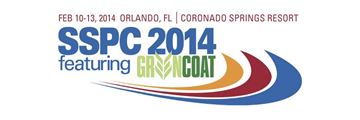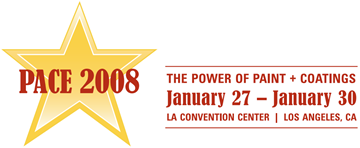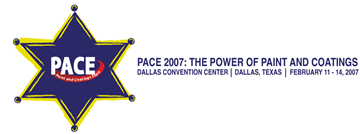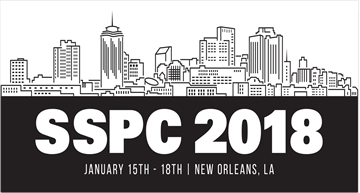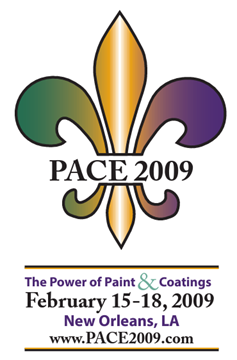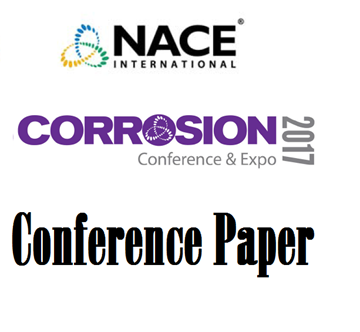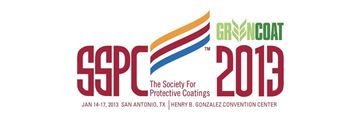Search
Conference Papers
View as
Sort by
Display
per page
Techniques for Inspecting Wall Thickness Metal Loss of Pipelines under Nonmetallic Sleeves
Product Number:
MPWT19-14377
Publication Date:
2019
$0.00
Technological Development of Anti-fouling Paints with EPS as a Natural Biocide
Product Number:
41214-836-SG
Publication Date:
2014
$20.00
Technology Advancements for Electrochemical Protection Systems of Reinforced Concrete Structures, Across Australia
Product Number:
51323-18881-SG
Publication Date:
2023
$20.00
Technology Assessment of Architectural Coatings Relative to Regulatory Concerns in the South Coast Air Basin
Product Number:
41208-413-SG
Publication Date:
2008
$20.00
Technology Assessment of Architectural Coatings Relative to Regulatory Concerns in the South Coast Air Basin-Draft
Product Number:
41207-320-SG
Publication Date:
2007
$20.00
Technology from Outter Space to Earth: Silicones as Protective Coatings
Product Number:
41214-864-SG
Publication Date:
2014
$20.00
Tele-Inspection Nondestructive Evaluation for Corrosion Applications
Product Number:
51323-19085-SG
Publication Date:
2023
$20.00
Temporary Coating for In Process or Storage Applications
Product Number:
51218-092-SG
Publication Date:
2017
$20.00
Temporary Humidity Control Supports Multi-Family Housing Recovery in New Orleans After Katrina
Product Number:
41209-468-SG
Publication Date:
2009
$20.00
Tensile Adhesion: Specifying the Test? Specify the Test Instrument!
Product Number:
41201-054-SG
$20.00
Test Equipment for Sour TLC Testing
Product Number:
51317--9337-SG
ISBN:
9337 2017 CP
Publication Date:
2017
$20.00
Test Method Development for Improved Laboratory Accelerated Weathering of High Performance Coatings
Product Number:
41213-803-SG
Publication Date:
2013
$20.00




